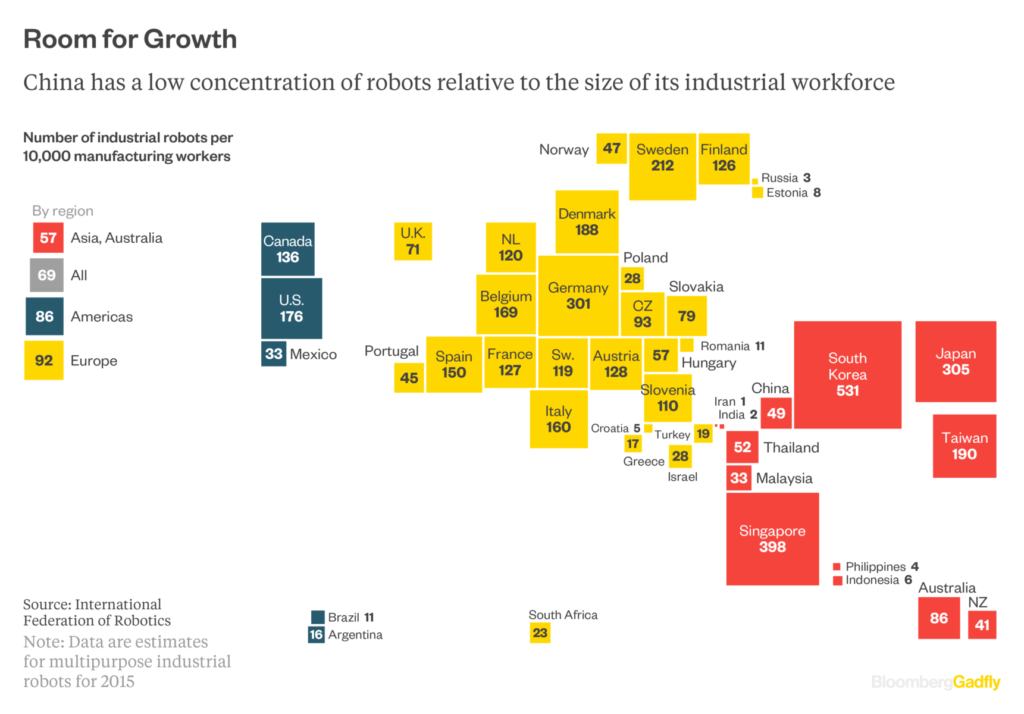8) There is a lot of cash on the sidelines.
There is always a lot of cash on the sidelines and that never changes. The buyer of a stock, thus taking cash off the sidelines, gives it to the seller who puts it back on the sidelines.
7) There are more buyers than sellers (or vice versa).
Maybe technically there are more bodies buying or selling than the other side but the number of shares traded has to be exactly the same as for every share bought is a share sold. It’s the aggressiveness of one side or the other that matters.
6) Stocks are attractive because they aren’t quite as overpriced as bonds.
If bonds are artificially priced, shouldn’t stocks be? Overpriced though can of course remain overpriced.
5) The higher stocks go the more attractive and less risky they are.
For long term investors, the more one pays in price today with respect to valuation, the less return they should expect in the future.
4) Stocks aren’t expensive because they are still cheaper than the valuations seen in March 2000.
Really?
3) There is no alternative.
In bull markets there is always no alternative to common stocks. In bear markets, there are always alternatives.
2) We’re going to get a rotation into stocks and out of bonds.
For every portfolio rotating out of bonds has to see someone rotating in and that buyer of stock has someone rotating out. Again, it’s the aggressiveness of the moves that matter.
1) The selloff in stocks was profit taking.
Does anyone refer to a rally as profit seeking?







 Harriman’s New Book of Investing Rules: The Do’s & Don’ts of the World’s Best Investors, edited by Christopher Parker, contains over 500 pages of wisdom from 64 noted American and British investors. It’s a smorgasbord of ideas from which the reader can pick and choose. Don’t like Brussel sprouts? Here, have some cheesecake. But, said in a cautionary whisper, you’d be better off with the Brussel sprouts.
Harriman’s New Book of Investing Rules: The Do’s & Don’ts of the World’s Best Investors, edited by Christopher Parker, contains over 500 pages of wisdom from 64 noted American and British investors. It’s a smorgasbord of ideas from which the reader can pick and choose. Don’t like Brussel sprouts? Here, have some cheesecake. But, said in a cautionary whisper, you’d be better off with the Brussel sprouts.